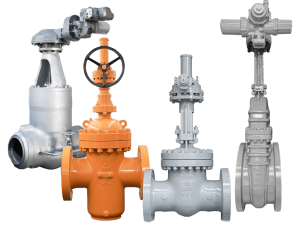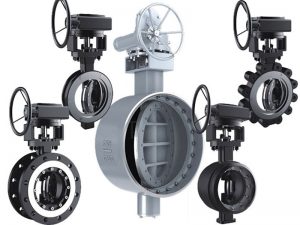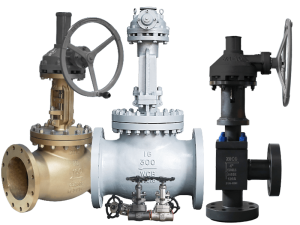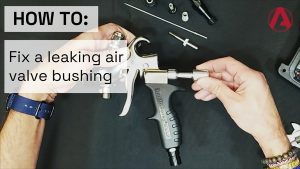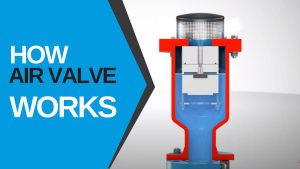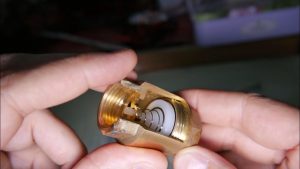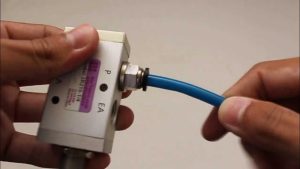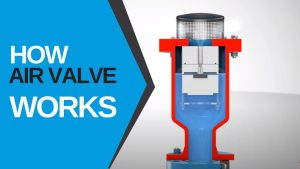Bir kelebek vana takıyorsunuz ve merak ediyorsunuz: kelebek vanaların akış yönü var mı?
İşte kısa cevap:
İçindekiler tablosu
- Kelebek Vanaların Akış Yönü Var mıdır?
- Kelebek Vana Çeşitleri ve Akış Karakteristikleri
- Doğru Akış Yönü Nasıl Belirlenir?
- Gerçek Dünyadan Kurulum İpuçları
- Kaçınılması Gereken Yaygın Hatalar
- Sektör Standartları ve En İyi Uygulamalar
- Örnek Olay İncelemeleri: Akış Yönü Yanlış Gittiğinde
- İleri Düzey Değerlendirmeler
- Doğru Seçimi Yapmak
- Alt Çizgi
Kelebek Vanaların Akış Yönü Var mıdır?
Bu, vana tipine bağlıdır. Bazı kelebek vanalar çift yönlüdür (her iki yönde de çalışır), diğerlerinde ise takip etmeniz gereken belirli bir akış yönü vardır.
Ama şöyle bir şey var:
"Çift yönlü" vanalarda bile genellikle bir tercih edilen Optimum performans için akış yönü.
Bunu sizin için açıklayayım.
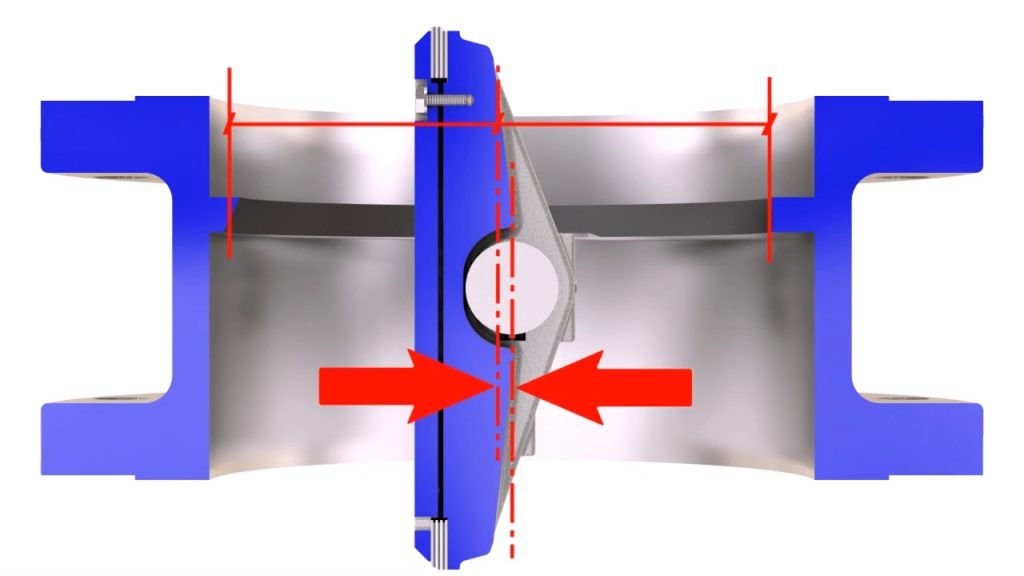
Kelebek Vana Tam Olarak Nedir?
Öncelikle, aynı sayfada olduğumuzdan emin olalım.
A kelebek vana temel olarak bir borunun içinde dönen bir disktir. Disk akışa paralel olduğunda sıvı geçer. 90 derece döndürüldüğünde akışı engeller.
Basit, değil mi?
Bu vanalar her yerde var:
- Su arıtma tesisleri
- HVAC sistemleri
- Kimyasal işleme
- Petrol ve gaz boru hatları
Bu kadar popüler olmalarının nedeni nedir? Kompakt, uygun maliyetli ve kullanımı kolaydır.
Akış Yönü Neden Önemlidir (Düşündüğünüzden Daha Fazla)
Çoğu insanın fark etmediği bir şey var:
Bir kelebek vananın yanlış yönde takılması neden olabilir:
- Erken aşınma
- Sızıntı sorunları
- Daha yüksek çalışma torku
- Azaltılmış valf ömrü
Tesislerin akış yönünü göz ardı ettikleri için her 2-3 yılda bir vanaları değiştirdiğini gördüm. Bu arada, düzgün monte edilmiş vanalar 10-15 yıl dayanabilir.
Bu çok büyük bir fark.
Kelebek Vana Çeşitleri ve Akış Karakteristikleri
Tüm kelebek vanalar eşit yaratılmamıştır. Size ana türleri göstereyim:
Konsantrik (Merkez Hattı) Kelebek Vanalar
Bunlar temel, günlük kelebek vanalarınızdır.
Disk borunun tam ortasına oturur.
Akış yönü: Genellikle çift yönlü
En iyisi: Su dağıtımı gibi düşük basınçlı uygulamalar
Bu valfler tipik olarak akışkanın hangi yöne aktığını önemsemez. Simetrik tasarım her iki yönde de eşit performans anlamına gelir.
Çift-Offset Kelebek Vanalar
Şimdi yüksek performans bölgesine giriyoruz.
Disk ve mil, çalışma sırasında sürtünmeyi azaltan merkez hattından kaydırılmıştır.
Akış yönü: Çift yönlü, ancak tercih edilen bir yöne sahip
En iyisi: Orta ila yüksek basınçlı uygulamalar
İşte anahtar: Bunlar olabilmek her iki yönde de çalışır, üreticiler genellikle en iyi sonuçlar için belirli bir yönlendirme önerir.
Üçlü Ofset Kelebek Vanalar
Bunlar ağır hizmet şampiyonları.
Üç ayrı ofset ile, kabarcık geçirmez kapatma sağlayan kam benzeri bir hareket oluştururlar.
Akış yönü: Genellikle belirlenmiş bir tercih edilen yönü vardır
En iyisi: Yüksek basınç, yüksek sıcaklık uygulamaları
Çoğu üçlü ofset vana, önerilen akış yönünde monte edildiğinde önemli ölçüde daha iyi performans gösterir.
Doğru Akış Yönü Nasıl Belirlenir?
İşlerin pratikleştiği yer burasıdır.
Adım 1: Akış Oklarını Kontrol Edin
Tercih edilen yöne sahip çoğu valfin gövdesinde bir ok bulunur veya damgalanmıştır.
Bir ok mu buldun? Onu takip et. Bu kadar basit.
Adım 2: Belgeleri Okuyun
Biliyorum, biliyorum. Kimse kılavuzları okumayı sevmez.
Ancak üretici veri sayfaları şu konularda önemli bilgiler içerir:
- Çift yönlü yetenekler
- Her yön için basınç değerleri
- Kurulum önerileri
Profesyonel ipucu: Bu belgeleri ileride başvurmak üzere saklayın. Bakım sırasında kendinize teşekkür edeceksiniz.
3. Adım: Koltuk Tarafı ile Koltuk Dışı Tarafı Anlayın
Bu biraz teknik bir konu ama önemli:
Birçok valf, basınç diski ittiğinde daha iyi sızdırmazlık sağlar aykırı koltuk (koltuk tarafı).
Bunu bir kapı gibi düşünün. Rüzgar onu çerçeveden uzağa değil, çerçeveye doğru ittiğinde kapalı tutmak daha kolaydır.
Adım 4: Başvurunuzu Değerlendirin
Farklı uygulamaların farklı gereksinimleri vardır:
- Temiz su: Çift yönlü kurulumda genellikle sorun olmaz
- Bulamaçlar veya aşındırıcı ortamlar: Kesinlikle tercih edilen yönü takip edin
- Yüksek basınçlı sistemler: Her zaman üretici yönergelerini izleyin
Gerçek Dünyadan Kurulum İpuçları
Sahada gerçekten işe yarayan şeyleri paylaşmama izin verin:
Dikey Gövde Yönü
Daha büyük vanalar için (12″ ve üstü), mümkün olduğunda gövde dikey olacak şekilde monte edin.
Neden mi? Disk ağırlığının yataklara yandan yüklenmesini önler.
Doğru Flanş Hizalaması
Yanlış hizalanmış flanşlar vana gövdesi üzerinde baskı oluşturur. Bu durum şunlara neden olabilir:
- Çalıştırma zorluğu
- Erken conta aşınması
- Potansiyel valf arızası
Her şeyi düzgün bir şekilde hizalamak için fazladan zaman ayırın.
Kurulum Sonrası Test
Yüklendi diye her şeyin yolunda olduğunu varsaymayın.
Vanayı çalışma basıncında her iki yönde de test edin (bunu yapmak güvenliyse). Şunları kontrol edin:
- Sorunsuz çalışma
- Uygun sızdırmazlık
- Kabul edilebilir basınç düşüşü
Kaçınılması Gereken Yaygın Hatalar
Bu hataları sayısız kez gördüm:
Hata #1: Tüm Kelebek Vanaların Aynı Olduğunu Varsaymak
Son vananızın çift yönlü olması bunun da çift yönlü olacağı anlamına gelmez.
Her bir özel valfi daima kontrol edin.
Hata #2: Çift Yönlü Vanalarda Tercih Edilen Yönün Göz Ardı Edilmesi
"Çift yönlü", "tercih edilen yön yok" anlamına gelmez.
Tercih edilen yönü takip etmek vananızın ömrünü iki katına çıkarabilir.
Hata #3: Gelecekteki Bakımı Dikkate Almamak
Akış yönünü seçerken vana erişilebilirliğini göz önünde bulundurun.
Bakım ekipleri kolayca servis yapabilecek mi?
Sektör Standartları ve En İyi Uygulamalar
Standartlardan bahsedelim (kısaca, söz veriyorum).
API609
Bu standart, kelebek vana tasarımını ve testini kapsar. Şunları belirtir:
- Basınç testi gereklilikleri
- Akış yönü ile ilgili hususlar
- Kurulum yönergeleri
AWWA Standartları
Su uygulamaları için, AWWA hakkında özel rehberlik sağlar:
- Valf yönlendirme
- Akış yönü işaretlemesi
- Test prosedürleri
ISO 5208
Yönlü akış gereksinimleri de dahil olmak üzere vana testi için uluslararası standart.
Örnek Olay İncelemeleri: Akış Yönü Yanlış Gittiğinde
Örnek Çalışma 1: Belediye Su Tesisi
Bir su arıtma tesisi 50 kelebek vanayı geriye doğru monte etti.
Sonuç:
- 40% 6 ay içinde sızıntı yaşadı
- Çalışma torku artırıldı 30%
- Komple valf değişimi gerekli
Maliyet: $125,000 (önlenebilirdi)
Örnek Çalışma 2: Kimyasal İşleme Tesisi
Akış yönü kontrol edilmeden monte edilen yüksek performanslı kelebek vanalar.
Sonuç:
- Koltuk erozyonu 3 ay sonra
- Süreç kirlenmesi
- Acil durum kapatma
Çıkarılan ders: Kritik uygulamalar için her zaman akış yönünü doğrulayın.
İleri Düzey Değerlendirmeler
Karmaşık sistemlerle uğraşanlar için:
Kavitasyon Önleme
Doğru akış yönü, özellikle kavitasyon riskini azaltabilir:
- Yüksek hızlı akışlar
- Büyük basınç düşüşleri
- Uçucu sıvılar
Pigging Operasyonları
Sisteminiz aşağıdakileri gerektiriyorsa PIGINGkelebek vanalar akış yönünden bağımsız olarak ideal olmayabilir.
Neden? Disk tamamen açık olduğunda bile bir engel oluşturur.
Yangın Güvenliği Uygulamaları
Yangın emniyetli kelebek vanalar, acil durumlarda düzgün çalışmayı sağlamak için genellikle belirli akış yönü gereksinimlerine sahiptir.
Doğru Seçimi Yapmak
İşte kelebek vanaların seçimi ve montajı için tavsiyelerim:
- Uygulama gereksinimlerinizi tanımlayın
- Basınç aralığı
- Sıcaklık
- Medya türü
- Akış geri dönüşleri
- Uygun vana tipini seçin
- Temel uygulamalar için konsantrik
- Zorlu koşullar için ofset tasarımlar
- Üretici yönergelerini izleyin
- Gereksiz görünse bile
- Özellikle garanti koruması için
- Her şeyi belgeleyin
- Kurulum yönü
- Çalışma parametreleri
- Bakım geçmişi
Alt Çizgi
Evet, kelebek vanaların akış yönü var mı?
Birçoğunun var ve bunu görmezden gelmek size pahalıya mal olabilir.
Çift yönlü valfler bile genellikle tek yönde daha iyi performans gösterir.
Önemli olan, özel vana ve uygulama gereksinimlerinizi anlamaktır.
Akış oklarını kontrol etmek için zaman ayırın, belgeleri okuyun ve ilk seferde doğru şekilde kurun.
Bakım bütçeniz (ve patronunuz) size teşekkür edecek.
Unutmayın: Birkaç dakikalık doğru kurulum, ileride yıllarca sürecek baş ağrılarından kurtarabilir.


